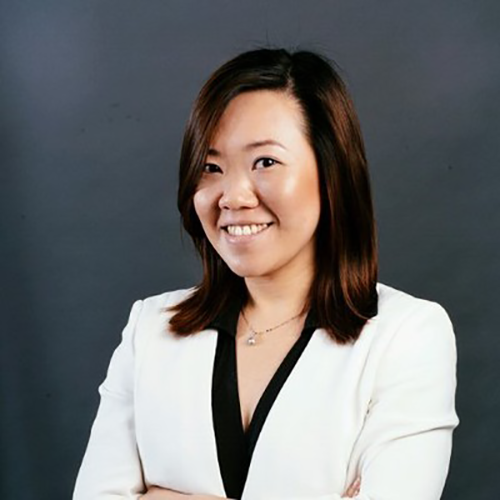The Asia Pacific (Apac) arm of the Swiss private bank has seen its structured products trading notional jumping 30% year-on-year (YoY) in 2023.
Leveraging structured products beyond as traditionally seen yield enhancement instruments during economic woes has brought focus into the industry, including Union Bancaire Privée (UBP).
With a lot of uncertainties, there’s no conviction in the market, so one of our main objectives for 2023 was to mitigate risk for the clients’ portfolios - Karrie Fung
The Swiss private bank has now focused more on utilising structured products to improve the risk-reward profile of wealth management clients, positioning them as alternatives to cash equity or cash bond, according to Karrie Fung (pictured), head of wealth management sales and execution, Asia at UBP.
“With a lot of uncertainties, there’s no conviction in the market, so one of our main objectives for 2023 was to mitigate risk for the clients’ portfolios,” Fung told SRP.
“For many investors, it's a matter of deciding whether to put their money in a deposit, which is four to five percent per year, or opt for a lower guaranteed return but gain exposure in uncertain markets that have potential upside,” she said.
Reflecting on 2023, Fung emphasised that the high-interest-rate environment has boosted the monetisation of structured notes, especially those with 100% minimum redemption features.
The trading notional for structured products at UBP Asia in 2023 soared by over 30% YoY, with the highest growth coming from non-flow products.
According to Fung, fixed-coupon notes (FCN), one of the bank’s “bread and butter” products, were well-received but still had the potential to rebound in volume as the equity market swung by low implied volatility in 2023.
Minimum redemption twin-win notes, which wraps the minimum guarantee return and allows investors potential participation in both the upside or downside of the market movement, also gained traction.
New addition
Actively managed certificates (AMCs) linked to structured products managed by the bank’s discretionary portfolio management team are one of the newest products on UBP’s catalogue - they offer exposure to a basket of up to 50 structured products on indices and stocks. According to Fung, the objective of this product is to generate a regular attractive income while benefiting from a buffer on the downside.
“Traditionally, the fixed-coupon note is quite static – you buy and hold to receive your coupon,” she said. “[The AMC] structure provides more diversification in terms of underlying and strike levels, especially when the market changes quickly.”
UBP isn’t the only one that has foraged into the AMC wrapper over the past year. London-based fund management firm CrossBorder Capital revived the Kintore XAU/FX strategy via a new AMC, issued by UniCredit Bank, as SRP reported in December. Last April, Timber Finance also partnered with Zurcher Kantonalbank to launch an AMC tracking the performance of the Timber Finance Carbon Capture and Storage Index which incorporates the carbon benefits of mass timber construction.
Geographic-focused strategies
Within the Apac region, investors in Singapore have grown a longer-duration risk appetite compared to those in Hong Kong SAR, where one-year or short-term capital structure is more often seen, said Fung.
With a sluggish year in the Hong Kong equity market, demands for FCNs or accumulators tied to Hong Kong equity underlying dropped. Yet, this prompted Fung and her team to develop recovery strategies depending on the client portfolios.
As the new year kicked off, the bank will be focusing not only on the US markets but also on Asia markets like Japan and India, Fung said.
“If we look at the investor portfolio in Asia, most of them are still US dollar-based,” she said. “One approach we can propose to clients is to use the US dollar denomination for structure notes linked to Japanese equity underlying.”
“Thanks to elevated USD rates, solutions like minimum redemption note which allows investors to participate in the Japanese major equity index with limited downside risk, remain feasible,” she added.
